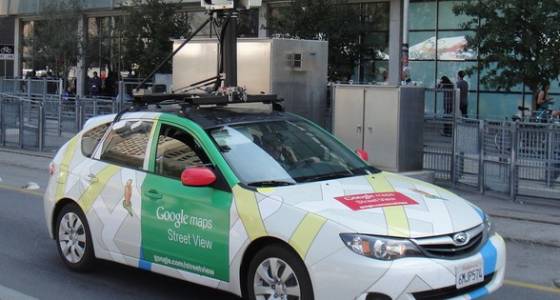The systems of pipes that carry natural gas around many major cities of the U.S. were laid well over a century ago and many of them are now corroded and prone to leaks. Studies in recent years have shown widespread gas leaks around some of the country's largest cities.
These leaks are major environmental and safety hazards. Methane is a potent greenhouse gas that is 80 times worse than carbon dioxide and gas build-ups from these leaks create a risk of explosions, not to mention that continual leaks in large cities amounts to a lot of wasted energy and money.
The Environmental Defense Fund funded the retrofitting of a fleet of Google Street View cars with gas leak-detecting technology and starting in 2013 these cars began roaming the streets of major cities to not only map the leaks, but also measure their severity.
Researchers at Colorado State University outfitted the cars with a laser-based sensor system which sucks in air from a spot in the car's front bumper and pumps it into a tube located in the trunk. A laser shines infrared light on the air sample and since methane absorbs infrared light, the system can then measure the amount of methane present in the sample by measuring how much of the light escapes the tube.
As the system takes in continuous air samples, an onboard computer analyzes the results and uses GPS to map each measurement creating 2,000 data points per minute. Each route is driven multiple times to ensure that the readings aren't coming from another source like a gas-powered bus nearby.
Environmental Defense Fund/Screen capture
In Boston where half the pipes are more than 50 years old, the cars found one methane leak per mile of pipeline, while in Chicago there was a leak for every three miles. In Indiannapolis where a gas leak-caused explosion in the 1980s lead to extensive pipe replacements, there was only one leak per 200 miles of pipe.
Why don't more cities replace the pipes? The upgrades are very expensive. Replacing just a mile of pipeline can cost between $1.5 and $2 million. Utilities typically only replace pipes where major leaks are found while slower leaks are left alone.
Our editors found this article on this site using Google and regenerated it for our readers.












